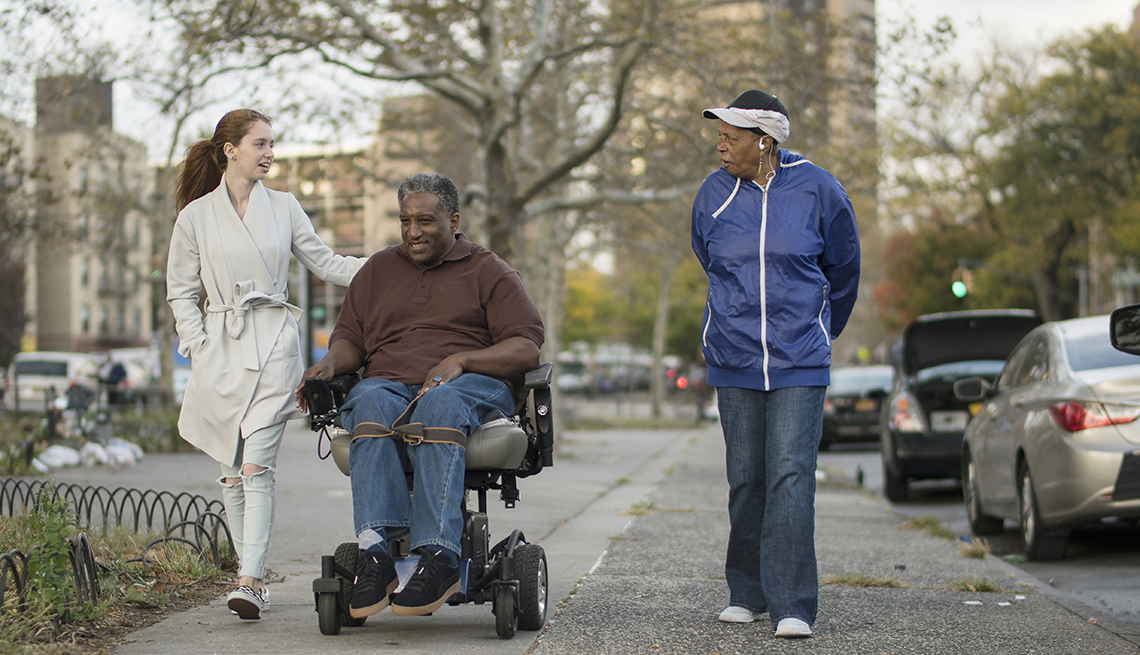Policy Fundamentals For Livable Communities
People of all ages, incomes, and backgrounds, regardless of disability, need communities where they can thrive and live meaningful lives. Communities should be designed to promote physical independence, public safety, personal security, dignity, opportunities for community engagement, and choices as people age.
Livable communities are compact and walkable, with housing, stores, community features, and services all located near one another. Key features include safe, walkable streets; age-friendly, affordable housing and transportation options; and easy access to needed services. Such communities also provide affordable and reliable access to high-speed internet to help residents work, obtain health care services, shop, and connect with family and friends. Community amenities, such as parks, libraries, and civic gathering spaces, enhance opportunities for residents of all ages to participate in community life. Livable communities require careful planning concerning housing, transportation, and land use.
- Policymakers should encourage the creation of mixed-use communities that accommodate all residents. The communities should include a range of housing and transportation options that meet the needs of people with disabilities and people of all ages and income levels. Land-use ordinances and zoning regulations should be crafted to enable the provision of innovative housing and transportation options. Doing so will ensure that residents enjoy easy access to amenities.
- Policymakers should ensure that residents of all ages, income levels, and backgrounds, regardless of disability, can find appropriate and affordable housing. They should encourage housing construction and expand the types of housing available to improve housing access and affordability. Policymakers also should provide adequate subsidies for those who qualify.
- Universal design principles should be used to ensure that housing, transportation options, and other community features are safe and accessible to as many people as possible. For example, buildings should have ramps, wide doors, elevators, and accessible kitchens and bathrooms to ensure access for people who use wheelchairs. Similarly, transportation facilities should use ramps and elevators to enable such access.

